Description
By Zhongzhen Zhao & Hubiao Chen
Hardcover book
ISBN 9780912111995
560 pages
At last, a specialized text dedicated to herbal quality assessment!
For centuries, pharmacists and clinicians have relied on the traditional method of macroscopic identification to assess the quality and authenticity of medicinal materials. Macroscopic identification uses the naked senses to assess herbal quality, combining appearance, texture, aroma, and taste with traditional methods of fire and water testing. For the first time, this text brings this specialized discipline of knowledge to English readers using a concise, illustrated format that distills the experience of China’s foremost authorities in visually rich, easy-to-understand format.
Chinese Medicinal Identification: An Illustrated Approach records 429 commonly used Chinese medicinal materials (including associated medicinals), using the Chinese Pharmacopoeia (2005) combined with domestic and international market investigation as a basis for determining medicinal nomenclature. For each medicinal, details are provided on nomenclature, origin, harvesting and post-harvest handling, functions and properties, macroscopic characteristics, and decoction pieces. The book can be referenced via a Chinese stroke order index, a Pinyin index, and indexes organized by Latin Pharmaceutical names and Latin binomials.
This book emphasizes the experience-based differentiation of Chinese medicinal materials, which is a treasure of China’s cultural heritage that has been inherited and systematized, combining the technical terms derived from experience in differentiation with a modern scientific perspective. At the same time, the authors draw upon a foundation of years of field research and experiments related to medicinal materials, synthesizing information on trade, literature, and techniques, dissecting each detail. The book visually illustrates the art and science of macroscopic identification of medicinal materials in a way that is easy to learn, easy to remember, and easy to disseminate, supplementing the insufficient state of illustrations in the current literature.
Featuring:
- 428 commonly used Chinese medicinals
- Over 1000 high-resolution images of medicinal materials and decoction pieces
- Over 400 photos dedicated to botanical, zoological, and mineral sources
- Preservation of nearly 200 traditional technical terms used in macroscopic identification
Each of the eight areas of interest are explicated for each medicinal:
- The name in Chinese, Pinyin, and Pharmaceutical Latin from the 2010 Pharmacopoeia of the People’s Republic of China and other authoritative sources.
- The origin of the medicinal including the zoological or botanical family names. The main entry for medicinals with multiple origins is the commonly used variety.
- Production Region is noted as are the primary distributions of medicinals gathered in the wild.
- The traditional harvesting and processing methods are noted for each medicinal.
- The properties and functions are noted. These include: nature, flavor and traditional actions.
- Macroscopic features are exemplified in color photographs, including the traditional indications of quality.
- Decoction pieces are illustrated with color photographs detailing the distinguishing features of each medicinal’s processed form.
- The eighth section complete the discussion with illustrations of the technical features, multiple species, nationally registered plantation sites and different parts of the plant that have separate entries.
About the Author’s
Dr. Zhao is the Associate Dean of Hong Kong Baptist University. Dr. Zhao earned his Bachelor and Masters degrees from the Beijing College of Traditional Chinese Medicine and his Doctorate at Tokyo University of Pharmacy and Life Science. He is a member of the P.R.C. Pharmacopoeia Committee, the International Society of Pharmcognosy, an expert advisor to both the U.S. Pharmacopoeia and the W.H.O. He is extensively published in peer reviewed journals. His bilingual books include the Encyclopedia of Medicinal Plants, Illustrated Microscopic Identification of Chinese Materia Medica, Easily Confused Medicines in Hong Kong, and Illustrated Chinese Materia Medica in Hong Kong.
Dr. Chen received his Bachelors degree from Hunan Normal University and his Doctorate from Beijing Medical University. He is a Professor of Chinese medicine in Hong Kong, Beijing and Japan. He is extensively published in China. Dr. Chen specializes in plant taxonomy, medical botany, and natural resources in Chinese herbal medicine. His texts include the Illustrated Atlas of Local and Minority Medicinal Materials of China, The Encyclopedia of Medicinal Plants, Modern Research on Rhubarb, and The Great Compendium of Health Preservation with Cordyceps.
About the Editor’s:
Dr. Ping Guo is a lecturer of the School of Chinese Medicine at Hong Kong Baptist University specializing in Chinese materia medica and medicinal authentication. He obtained his bachelor’s degree in Chinese materia medica in 1986, master’s degree in Pharmacognosy in 1989, and doctoral degree in Chinese materia medica in 2004 from Chengdu University of Traditional Chinese Medicine. He has been engaged in teaching and research activities in China and overseas higher education institutions of TCM since 1989.
Eric Brand is a graduate of the Pacific College of Oriental Medicine and a fluent Chinese speaker, he has pursued extensive academic and clinical opportunities in both Asia and the West. He is the author of A Clinician’s Guide to the Use of Granule Extracts and the co-author of the text Concise Chinese Materia Medica,. Eric as a particular passion for Chinese herbal processing and quality discernment and is currently pursuing these interests in his PhD studies at Hong Kong Baptist University. He is the owner of Legendary Herbs.
Praise for Chinese Medicinal Identification
“This well-done book with its beautiful photos is certain to become the standard English language text on the identification of Chinese materia medica. Anyone who works with raw Chinese herbs needs to have a copy in their library.”
-Dan Bensky
“Chinese Medicinal Identification is the latest of several texts by the lead author Zhongzhen Zhao, PhD, associate dean of Chinese medicine at Baptist University in Hong Kong. Professor Zhao is one of the world’s leading authorities on the authentication of Chinese herbal drugs. His coauthors and editors are equally renowned authorities on traditional Chinese medicine. The focus of this text is on the macroscopic and morphologic characteristics of crude Chinese medicinal plants. Texts such these are extremely valuable for establishing the basis for identifying crude botanical ingredients in a scientifically valid manner, an important aspect of dietary supplement good manufacturing practices (GMPs). The text begins with a colorful history of the application of macroscopic examination in Chinese literature starting with the concept of Bian Zhuang Lun Zi, defined as “differentiating appearance to determine quality.” Bian Zhuang Lun Zi is described as “an essential foundation for practitioners dedicated to authentication and herbal pharmacy.” While primarily applied by traditional Chinese herbalists with dispensing pharmacies in much the same manner as today’s herbalists, Chinese medical practitioners, and naturopathic physicians, macroscopic evaluation remains a critical evaluation tool for dietary supplement and botanical medicine manufacturers that is far underutilized and overshadowed by chemical (e.g., highperformance liquid chromatography [HPLC]) or molecular techniques (DNA). The introductory historical chapter is followed by a review of the basic principles of macroscopic evaluation, which includes the evaluation of physical and organoleptic characteristics (appearance, color, taste, smell) as well as novel testing techniques such as evaluating botanical ingredients using water (e.g., floating cloves [Syzygium aromaticum, Myrtaceae] in water as a test of quality) and fire, techniques not readily found in early Western pharmacognosy texts. A key benefit of macroscopic examination underscored by the authors is its simplicity and the rapidity by which both identity and quality can be assessed inexpensively and in an environmentally sound manner that does not require the chemical solvents typical of chemical analytical methods. The next 10 chapters provide detailed and clearly articulated, albeit brief, macroscopic descriptions of more than 400 medicinal ingredients used in traditional Chinese medicine, including roots and rhizomes, stems and woods, tree and root barks, leaves, flowers, fruits and seeds, whole herbs, seaweed, fungi and resins, zoological substances, and minerals. Consistent with early works of pharmacognosy, each entry provides the origin of the drug plant, where it is produced, how it is cleaned and processed, its primary properties and functions, and specifics regarding quality assessment. The text is accompanied by more than 1,000 high-quality color photographs of materials — which include approximately 350 botanical ingredients — showing the intact whole botanical as well as the typical forms (i.e., slices) used for decocting. Each photograph is annotated with some of the key identifying features of the plant material, which can be used either as a model or a reference standard for manufacturers to develop their own identification standards. Of particular importance are the differentiating characteristics of closely related or adulterating species. It is difficult to find fault with a work of this depth and quality. If there were any, it would be twofold. First, the text and interested readers may have benefited from a more detailed discussion regarding macroscopic and organoleptic evaluation. The subject is very broad and rich, and it is worthy of further development. Secondly, the photographs reflect a relatively small sampling of the most common forms of the ingredients available on the Asian market; however, many other forms that do not conform to the authors’ descriptions exist in the broad international market and differ from Chinese herb materials cultivated in North America. The authors and editors are among the most noted authorities on the authentication of Chinese medicinal plants, and this work reflects a tremendous amount of historical and modern classical botanical pharmacognostic knowledge in this particular aspect of medicinal plant evaluation. Chinese Medicinal Identification is an incredibly valuable contribution to the herbal literature and is specifically useful for those involved in the use of Chinese medicinal plants in botanical dietary supplements and Chinese medicine. It is also of value to small manufacturers and traditional practitioners with dispensaries that, due to GMP requirements, need authoritative references that provide ways for identifying medicinal plant materials in a scientifically valid manner, and without the need for the often toxic chemical solvents required in the performance of other forms of analysis. Works such as this text help us preserve the traditional aspect of the larger world of traditional herbal medicine.”
—Roy Upton, RH, DAyu, Founder and Executive Director, American Herbal Pharmacopoeia Soquel, California
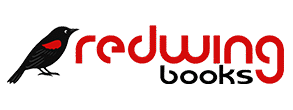
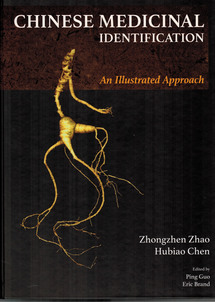
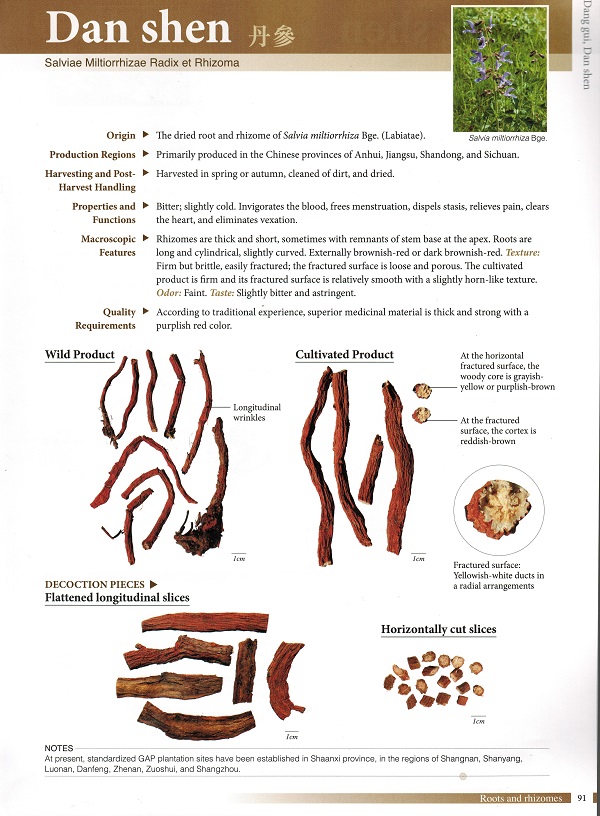
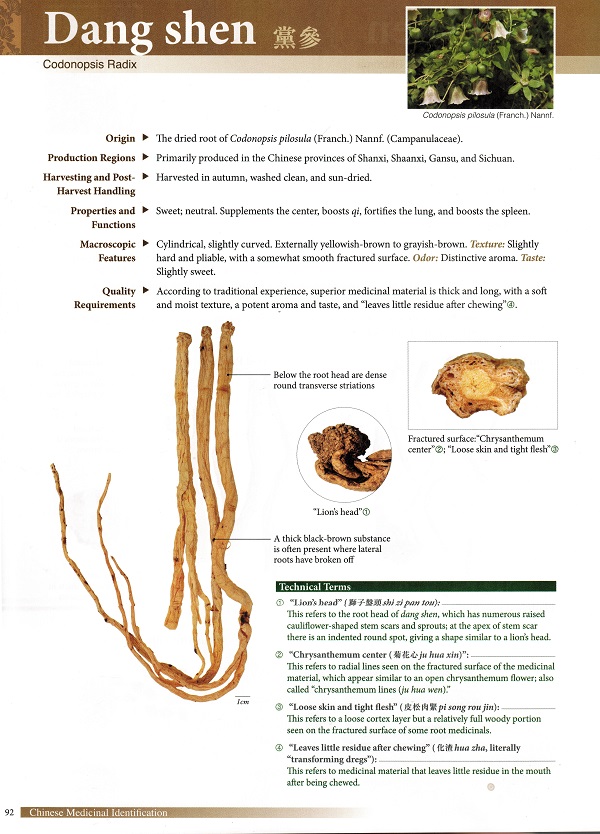
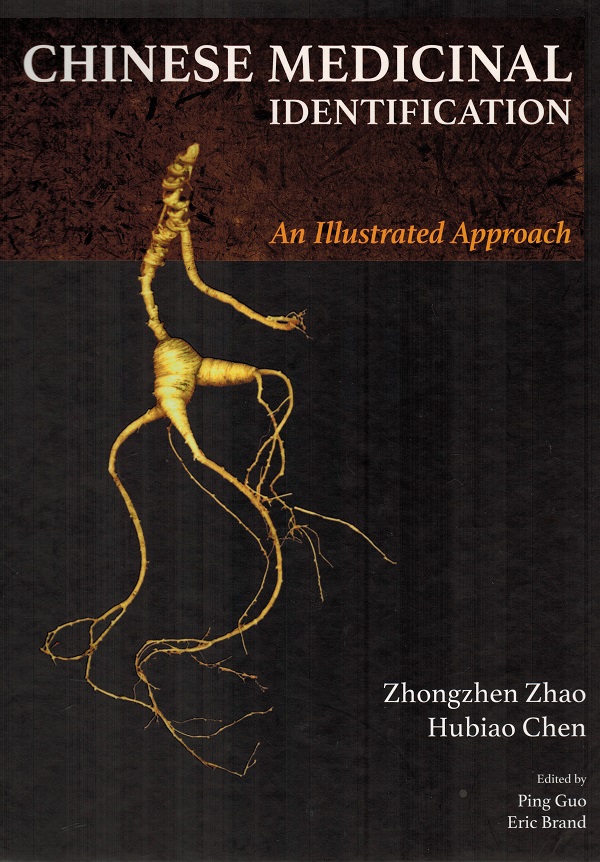
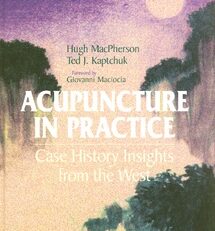
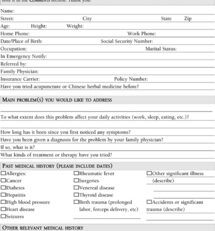
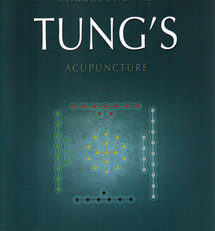
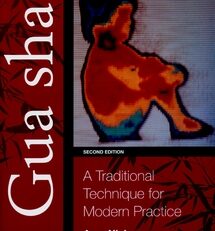
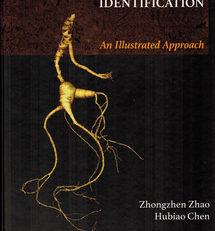
Reviews
There are no reviews yet.